The Article
Professional Rack System from Blue Horizon (Updated)
8th January 2018
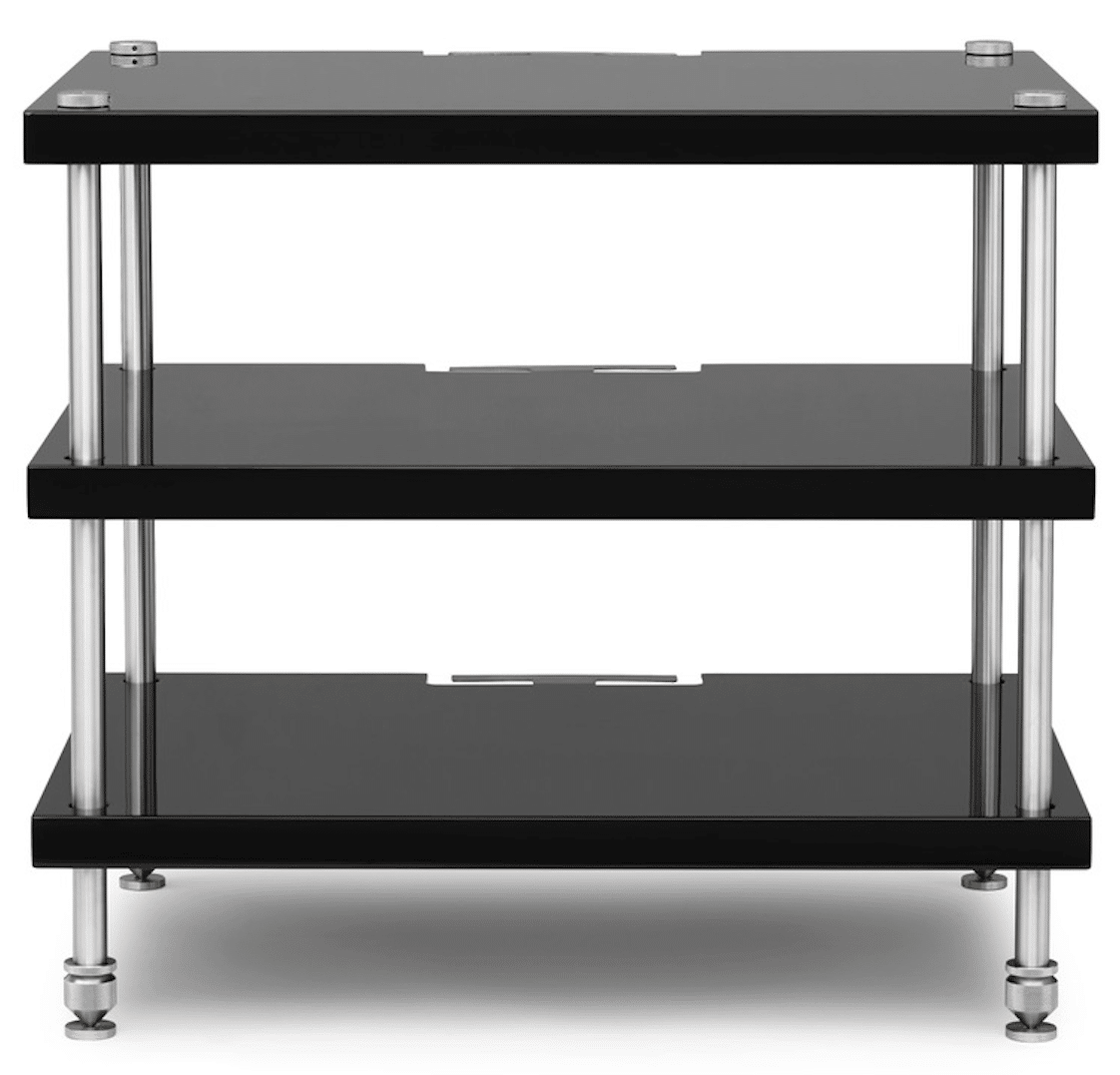
Part of your essential support system to remove noise from the hi-fi chain, Paul Rigby reviews Blue Horizon’s Professional Rack System (this updated review now includes an additional review of the top-of-the-range, spiked, leg fittings, as pictured below)
I’ve rambled on more than once about the importance of quality cables in a system. Not to directly improve sound quality but to remove noise which – indirectly – does improves sound quality. Rack shelving is another important part of the de-noise accessory pack. Quality shelving will drain noise from your hi-fi chain and send it down into the floor and beyond (hopefully towards the earth’s core, if I had my way), producing a clear and more articulate soundstage.
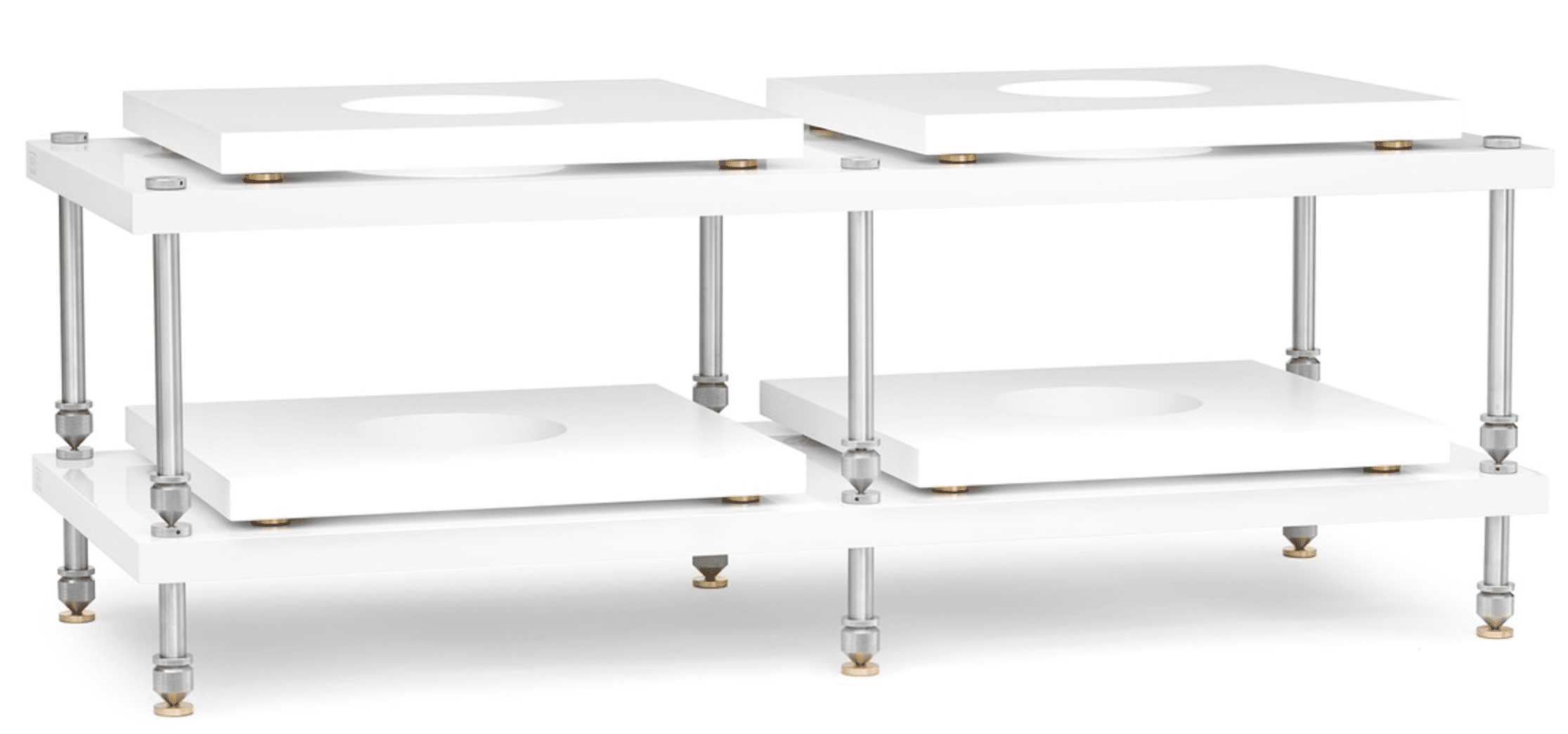
This modular product from Blue Horizon, called the Professional Rack System (PRS) features multi-grain, bespoke triple layer bamboo laminate, with grain running in opposing directions, with the central lamination running vertically. The idea here is to prevent standing waves forming.
As you can see, by the accompanying images, the PRS rack modules can be configured into many shapes and sizes: single height: 600 x 450 x 30mm and double height 1,140 x 450 x 30mm. In addition, when funds allow, you can upgrade the basic system by adding component shelves and steel spike isolation between tiers as well as Sanctum isolation platforms.
Sanctum, is an isolating platform. If you already own a rack, you can add the Sanctum isolation shelves under individual audio electronics.
A cable management system keeps loose wire under control and allows signal and power cable to be kept separated too.
SOUND QUALITY
I began with a CD player, a device that is just as prone to vibration and noise as a seemingly more sensitive turntable. CD players suffer terribly from jitter and timing related problems which is partly due to noise and vibrations. The platform you place the player upon is critical in allowing your player to perform properly.
I played David Gray’s album, White Ladder and the track Please Forgive Me. I chose this CD because it was recorded at a relatively low volume and features voice, piano and acoustic guitar but also, in parts, a dynamic and high energy series of percussive beats, adding to the sonic variety.
To begin, I moved my CD player to the rack’s bare shelf and was impressed to hear a dramatic lowering of noise. This initial impression was primarily from the lead vocal. Ordinarily, at high volumes and during crescendos, Gray’s voice could sound a little pinched in the upper mids leading to listening fatigue. Using the PRS, that noise was lowered considerably.
There was more, though, the soundstage had widened a lot providing air for all included instruments. Actually, one of those, a series of cymbals strikes, actively moved a foot further along the right channel! Such was the increase in elbow room.
There was another aspect to the increase in space, as the reverb on the sharply struck triangle now lasted a full second longer than before, adding to the atmosphere and organic feel of the song. The same could be said of the treble-infused cymbals while bass sounded fuller and weightier in its delivery.
Adding the Sanctum platform to the top of the shelf, noise dropped further, adding a slight reverb shimmer to the lead vocal for the first time and a deep, bass echo effect to the drums. In fact, the bass of the drums dominated the rear of the central stereo image. The contrast between that and the light synth runs were markedly greater. The bass also offered a portentous air. The reduction in noise also gave Gray an insightful and articulate delivery. You could say the same about the finger picking on the acoustic guitar while the cymbal strikes sounded full and broad in scope. The piano, meanwhile, presented a weight that I had not heard before.
This effect was confirmed with Depeche Mode’s Feel The Silence. Here, the lower noise enhanced the focus of the arrangement and the precision of both the guitars and percussion with a vocal that produced emotion and nuance.
I then used the rack to hold a turntable and played Japan’s Second That Emotion, placing the turntable directly upon a Sanctum-loaded shelf. The improvement was dramatic with crisp drum strikes adding punch and new air and space which revealed wooden block strikes and more room for cymbal strikes.
Background brass sequences also had room to manoeuvre, allowing them a larger part in the mix while the lead vocal revealed texture to the vocal chords, creating added levels of sensation in terms of the passion of the delivery.
Moving to more jazz-based rhythms from Nat King Cole and his ballad Time and the River, the platform/shelf combination provided a wider soundstage for Cole’s vocals which could sound, because of a touch of compression, a little strident on other shelving systems. The extra sonic space provided here calmed that effect while also providing extra punch and a sense of bounce to the strings of the electric rhythm guitar.
Finally, the background harmony singers could sometimes be swamped and masked but the enhanced soundstage from the PRS and its attendant low noise treatments allowed them to step forward in the mix, integrating them with the lead vocal.
I then added the upgraded, top-of-the-range spiked parts to the legs, separating the single, long leg look into sections, separated by those spikes to give the system a separate tiered effect. I used my Leema Elements CD player to run ex-Genesis man, Anthony Philips’ Sides (Esoteric) and the track Um & Aargh. It took approximately two seconds for my brain to register the difference between this variant and the non-spiked variant. That is, the soundstage was, in relative terms, enormous! The amount of air and space infused throughout all dimensions was significant in the overall sonic improvement.
On this one level, the extra soundstage space allowed the instruments to breath, offering a greater degree of elbow room. Thus, the entire track sounded less rushed, more relaxed with an infusion of extra maturity to boot.
A spin-off of the above was that shy and less obvious detail now was more ‘visible’ to the ear. The occasional cow bell strike being a case in point. It now took more of a role within the overall mix. Other minor details also added layering elements that gave the music a richer and busier response.
For the treble, the ride cymbal exhibited a lush response, less pinched than before and with extended reverb tails.
The reduction in overall noise also helped the midrange, allowing the voices to produce a smoother response but also a more nuanced performance. For example, tiny vocal note bending was now obvious at the end of lyric lines with aided emotive input.
Bass was improved too. For the lower frequencies, the bass solidified from a rather cloudy and foggy ‘tone’ to something more characterful and solid. Bass provided a physicality that was just not there before. This meant that bass offered greater punch and movement, adding a distinct impetus to the overall track.
Playing the finger picking guitar of Leo Kottke and Morning is the Long Way Home from Ice Water (BGO), the guitar was no longer a chaotic mess of strings but an instrument where the strings flew in precise formation, adding a beguiling lyricism. Meanwhile Kottke’s Johnny Cash-like vocal offered a bass clarity that provided a strong central focus to the pacy rhythms of the track.
CONCLUSION
Simple to put together, sturdy and easy to use, the PRS shelving offers a valuable sonic upgrade on its own with a further sound quality upgrade with the added Sanctum platforms, allowing you to enhance your shelving when funds allow. For each upgrade, the sound enhancements are quite startling in terms of the decrease in noise, increased accuracy and clarity afforded to the music. The improvements are not subtle, by any means, showing just how important is the tackling of the many flavours of noise. A top quality shelving system is critical in that endeavour. The PRS shelving system is certainly that.
BLUE HORIZON PROFESSIONAL RACK SYSTEM
Typical prices:
Three shelf rack, bamboo: £1,605
Three shelf rack, bamboo with Sanctum equipment support shelves: £2,352
Three shelf rack, available in bamboo with Sanctum equipment support shelves & spike isolation: £2742.00
(A new 30mm, matt finish MDF shelf version, £990. Also available in Cherry, Walnut or Maple, prices on application.)
Tel: 0118 981 4238
Website: www.soundfowndations.co.uk
Good: simple assembly, build quality, lowers noise, midrange accuracy, clarity, bass power
Bad: nothing
Rating: 8
REFERENCE SYSTEM
Origin Live Sovereign turntable
Origin Live Enterprise 12″ arm
Transfiguration Proteus cartridge
Icon PS3 phono amplifier
Leema Elements CD Player
Aesthetix Calypso pre-amp
Icon Audio MB845 Mk.II monoblock amplifiers
Quad ESL-57 speakers with One Thing upgrade
Avid Isorak shelving
Hi-End Rack shelving
Vertex AQ & Tellurium Q cable
Harmonic Resolution Systems Noise Reduction Components
All vinyl was cleaned using an Audio Desk’s Ultrasonic Pro Vinyl Cleaner

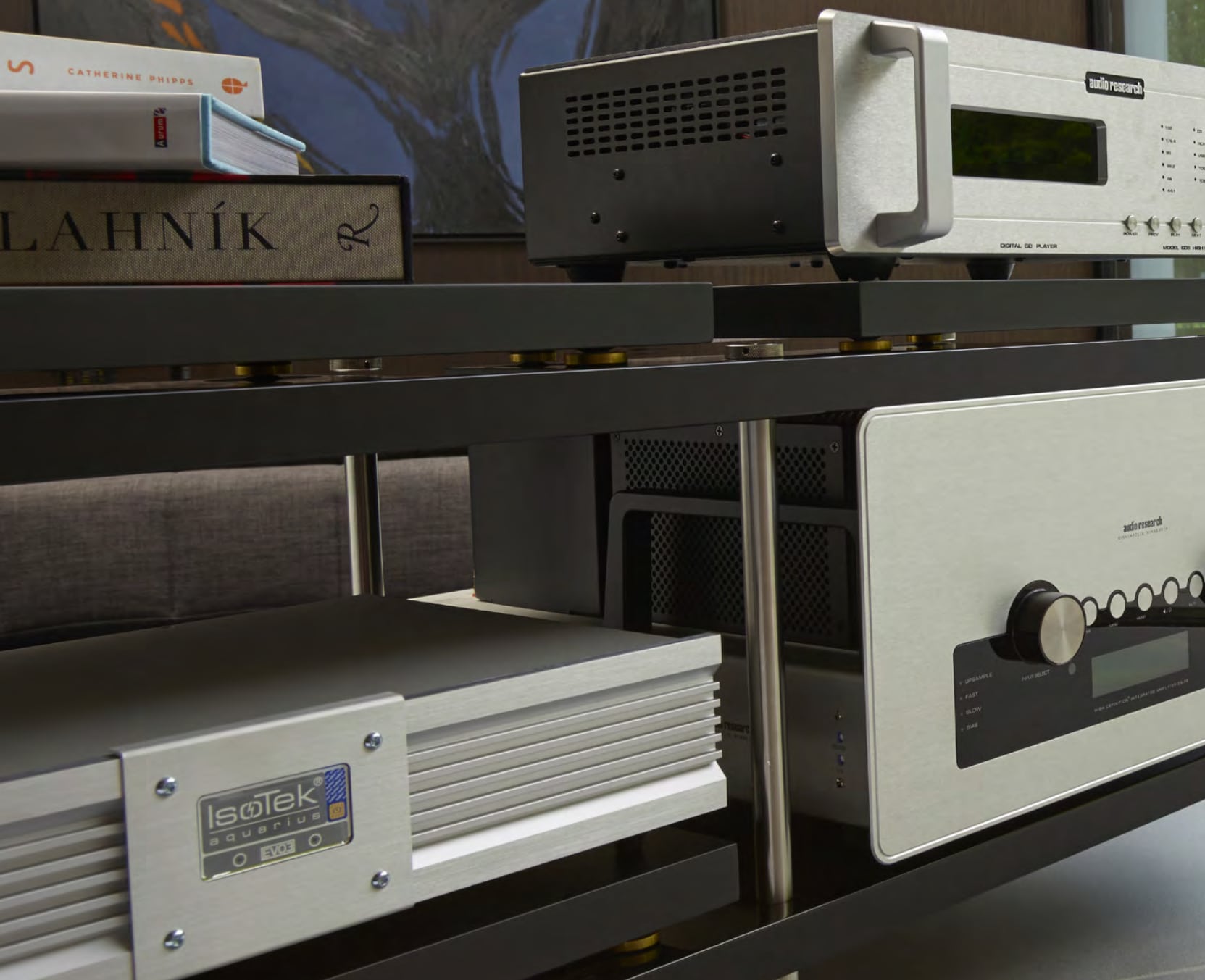
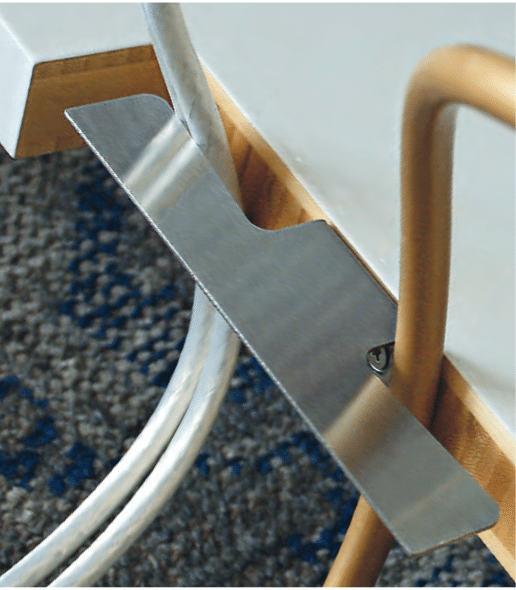
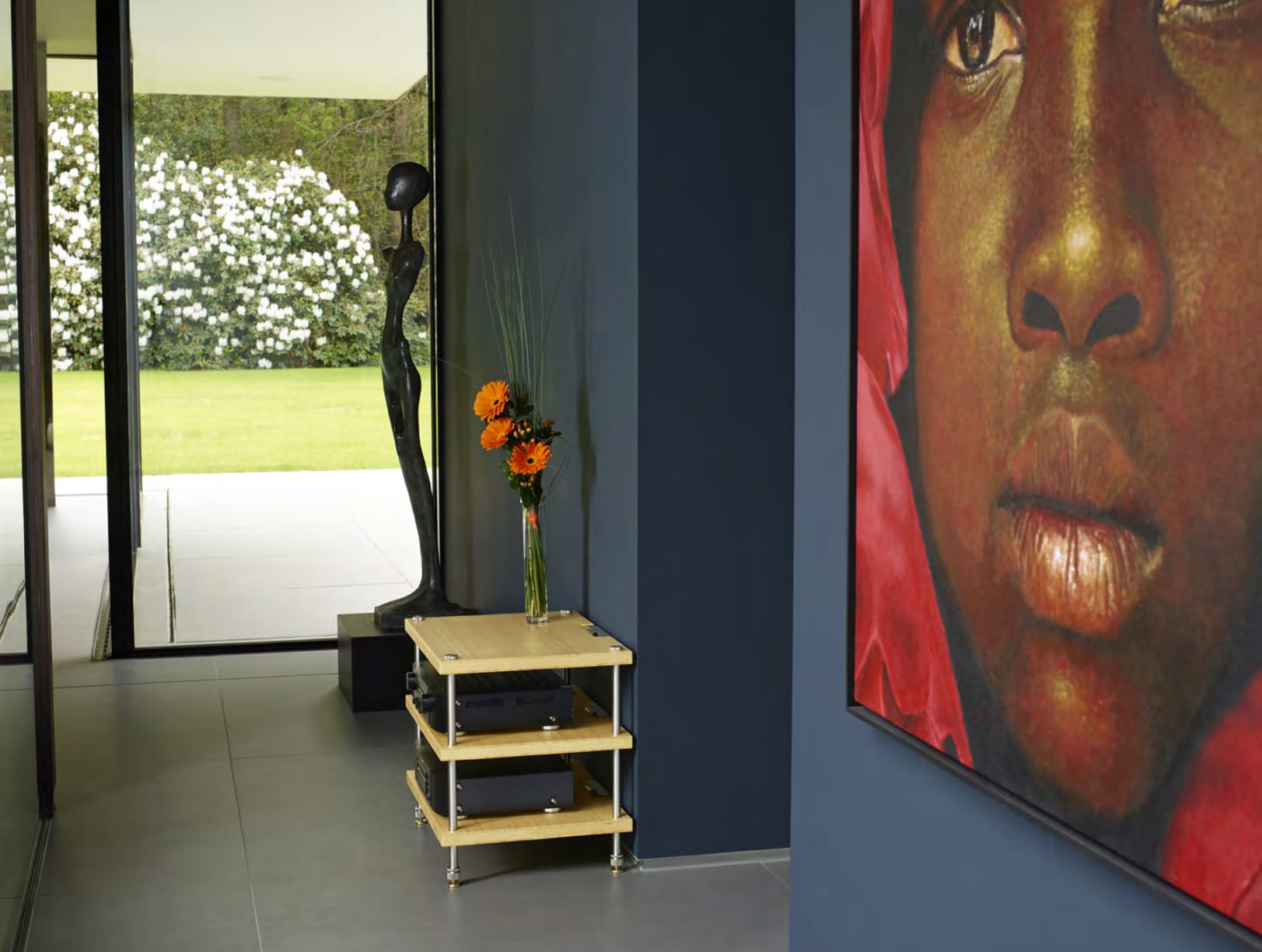
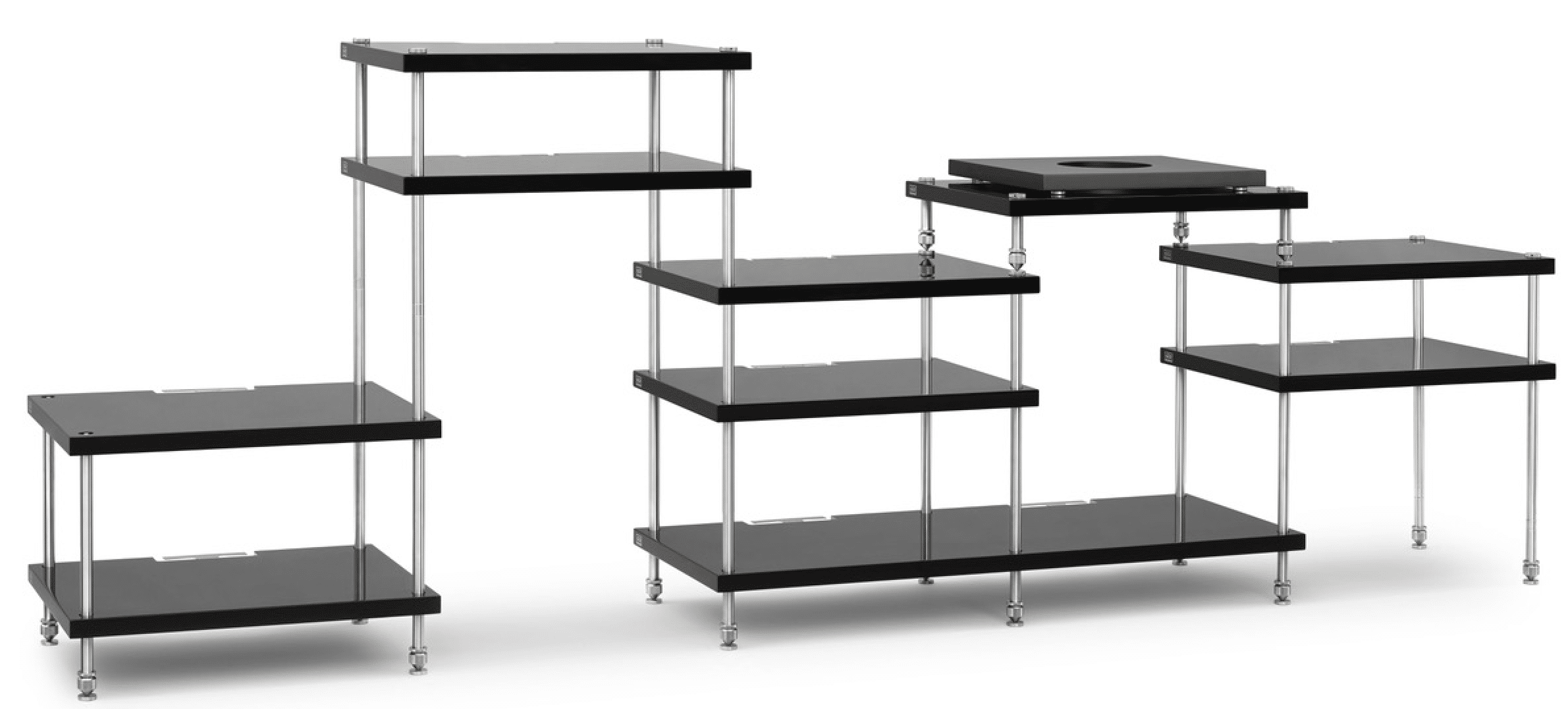
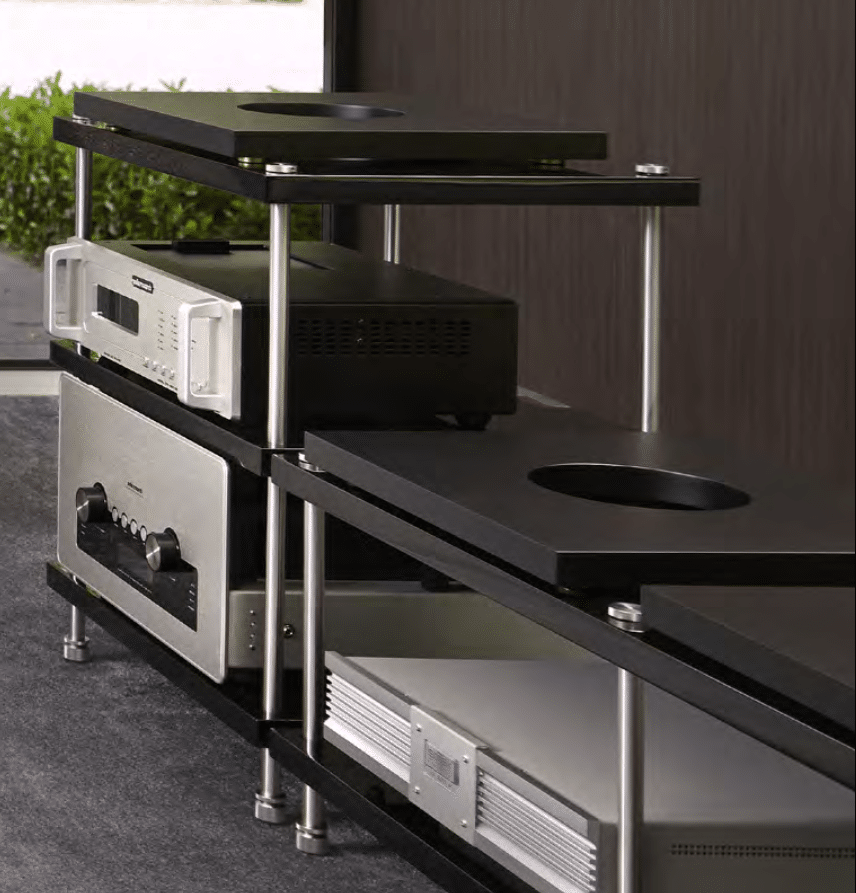
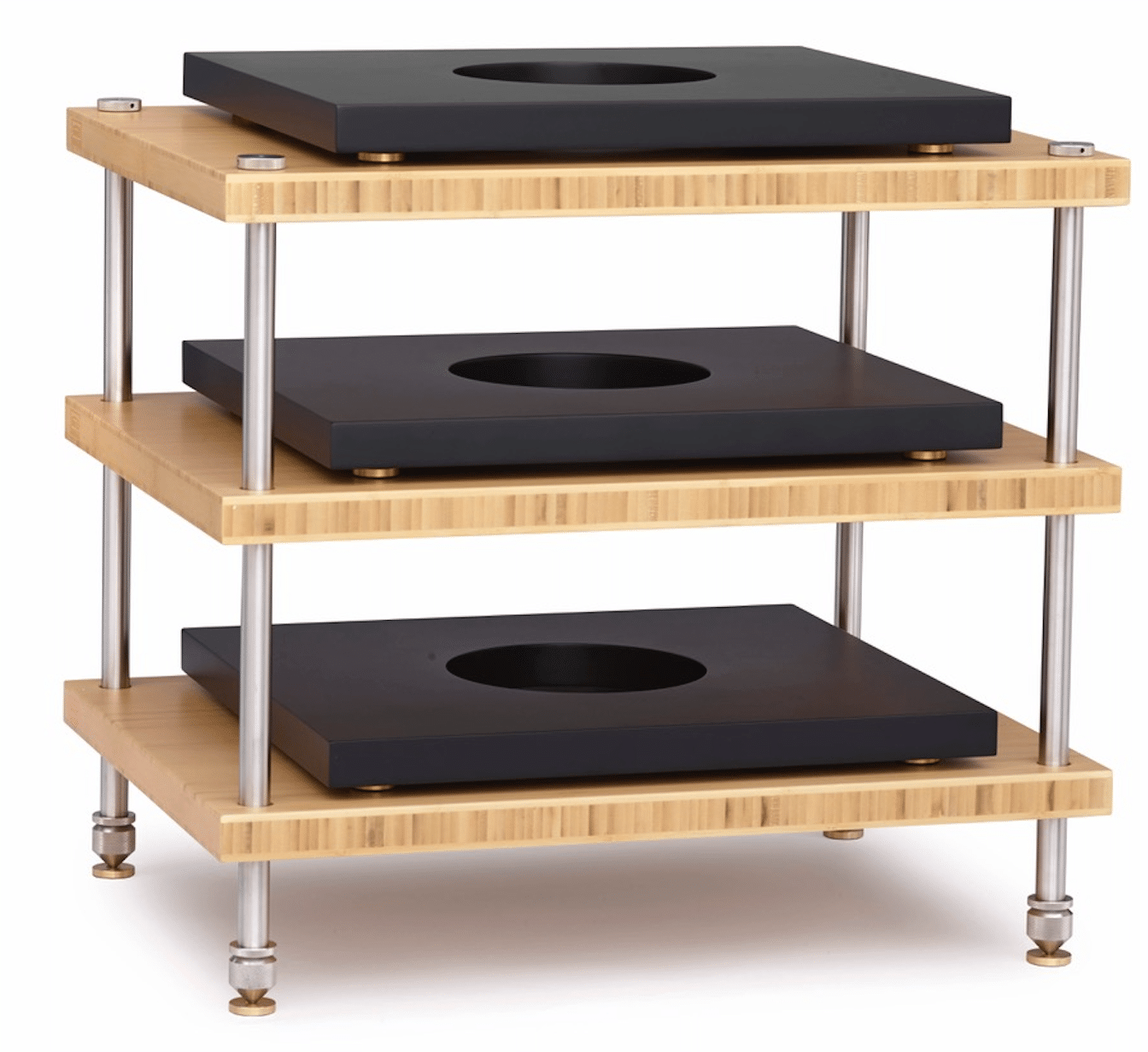
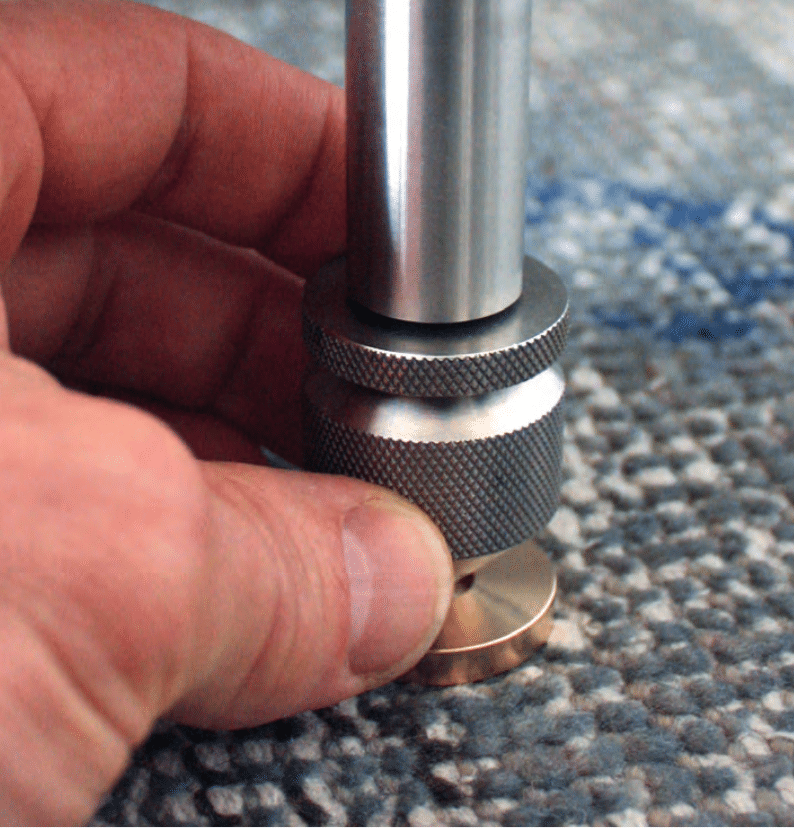
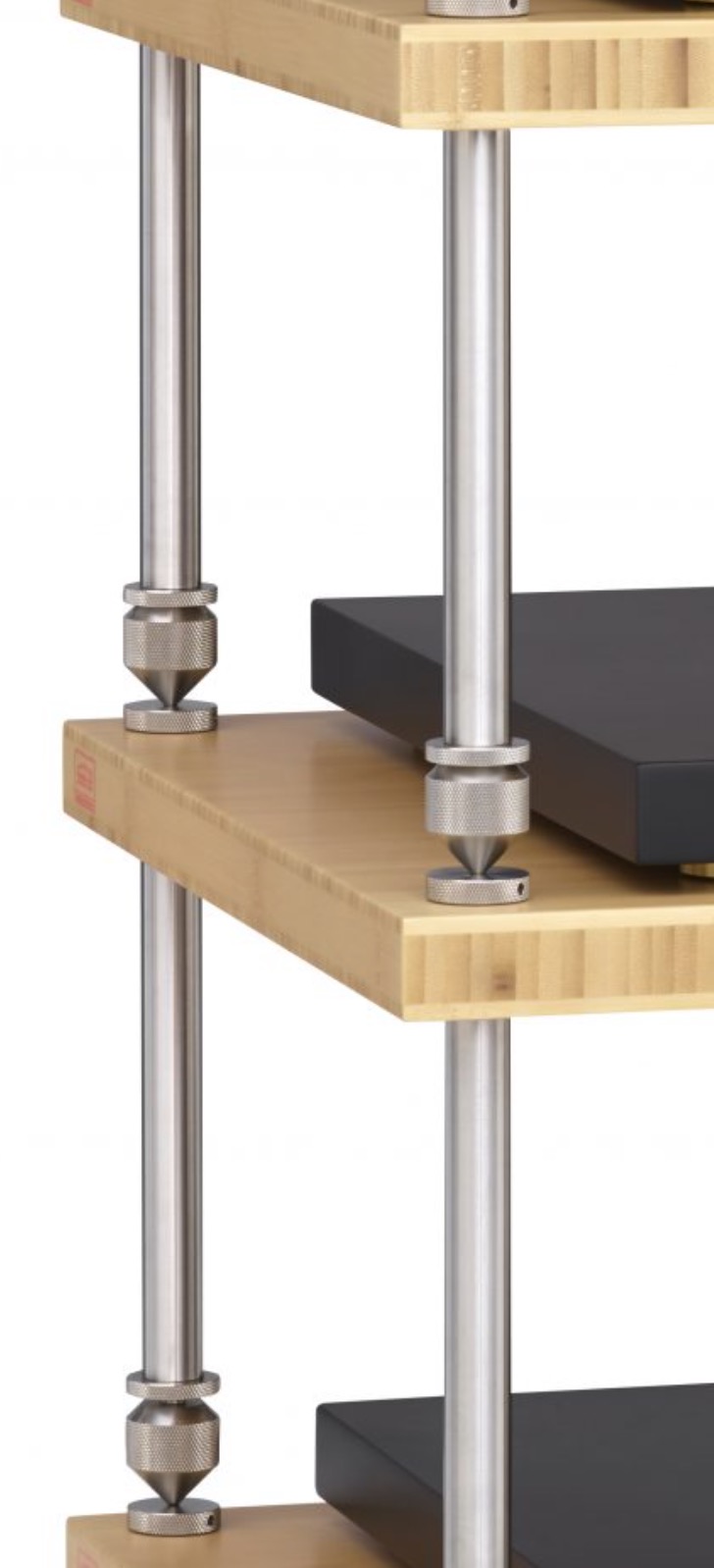
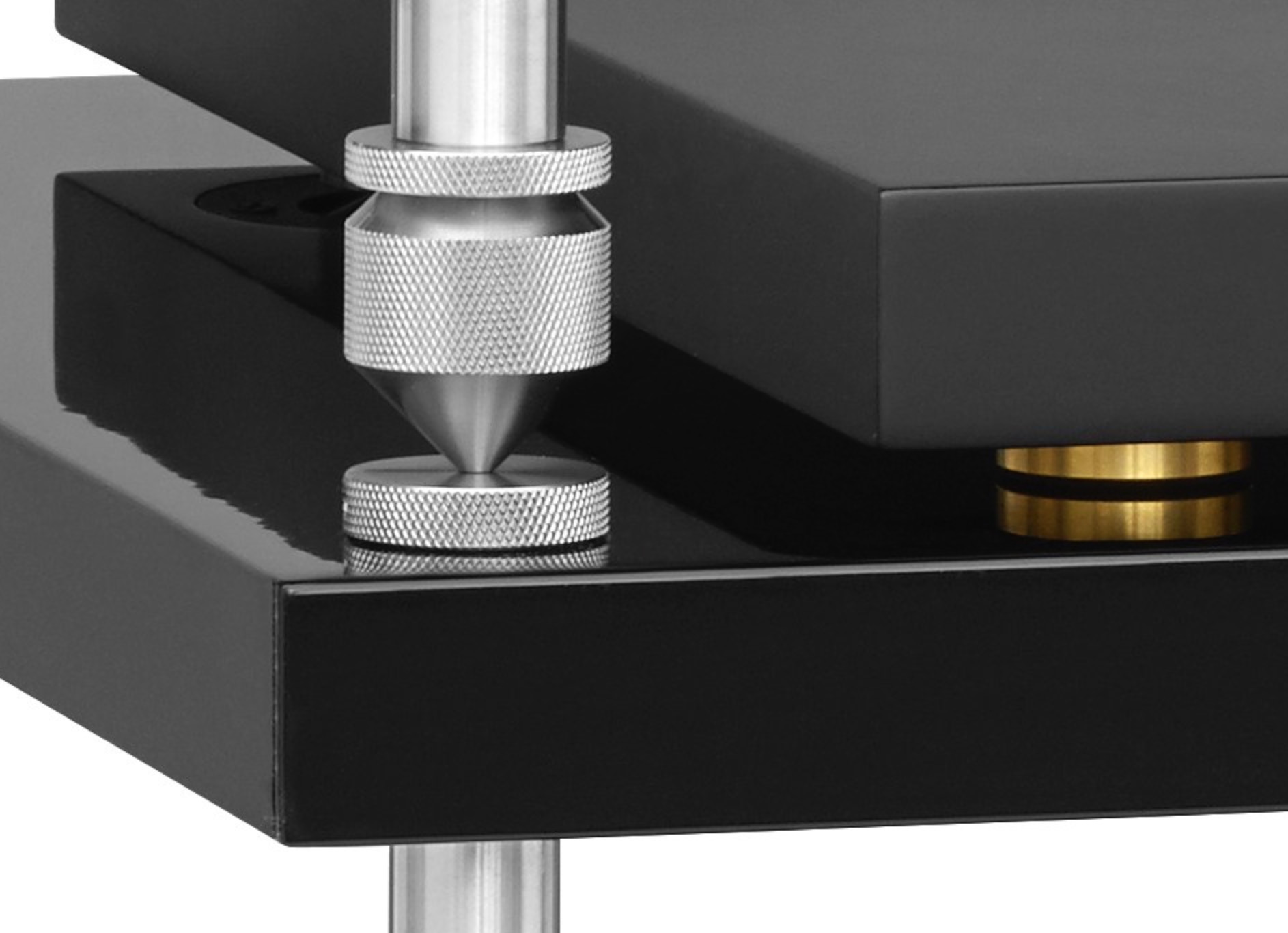
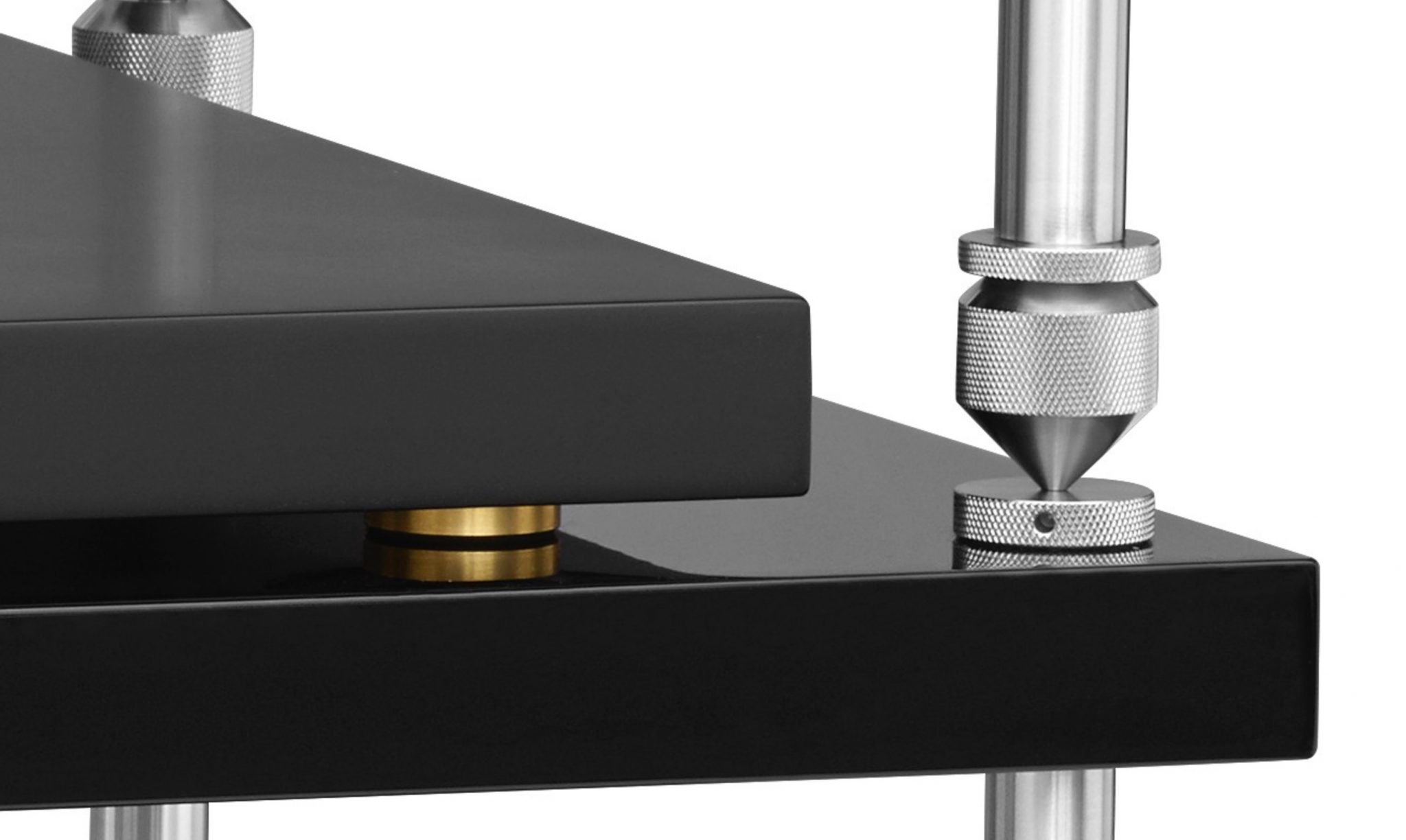



Hi Paul: Starting at L$2-K ( Euro/BPD ); for 3-tier/shelf ! Are the “platforms” extra ?
I have 5-6 pieces of full-chassis audio components -and a few smaller devices such as DAC’s/headphone amp.
What would be the retail value of a stand from this manufacturer (w/without the platforms) for my equipment count ?
(I’m suspecting it would be 2-3X L$2K -therefore, $4-$6, 000. Euro/BPD for a modified Ikea rack !)
It’s one thing to agree to (or take on) a product introduction. Yet another when it is a very sparse ‘gloss-over’ on a very expensive piece of wood shelves and /metal posts – doing both the reader and manufacturer a disservice -particularly the reader. It is, after all, the reader/consumer you wish to inform -and offer insightful buying advice, no ? In which case, you touch upon isolation, or coupling/decoupling considerations and offer up some alternative supplier/ manufacturers.
peter jasz
Hi Peter – do you mean that I didn’t supply enough price information? That’s true, in a sense although the issue with reviewing any shelving system is one of ‘how long’s a piece of string’. Because they are so darned modular and the options are so numerous, I could easily take up pages of tedious variations in terms of price. Even if you contact the company direct, their first question will be for you to describe your own personal requirements. Which will differ from most other people’s no doubt. Hence, the ‘from’ price is there to provide a rough comparison in terms of the sort of cash you’ll need to fork out. I’ll try and do better next time but I’m conscious of swamping the end of reviews with figures and more figures when meaningful information is but a phone call away.
Hi Paul: You are a sensible writer. No issues there. Wish I could say the same for my original reply ! lol
My remarks should have been more direct; at the price points of these racks, some real design details should have been brought forth. Design goals/objectives including isolation, coupling, material choice and so forth.
The ‘racks’ reviewed are expensive, plain and simple. It may have been a good idea to inform readers what makes it so”special”. As a reviewer, it would also benefit readers if you could have offered alternative equipment racks -both similarly priced and at far more reasonable prices. Case in point, the VTi “BL-3/4” series ‘rack’ an excellent performer at $300-$500 US$ ( $350. Euro?)
I have no issue with pricey gear -precision engineering, manufacturing and parts add up. But, we must (should) be informed about the distinctions that separate it from more common (priced) fare.
peter jasz
(P.S> Happy New (2018) Year to you !) .
Hi Peter – I could have dug even further to investigate why bamboo was used, etc but the company, based in Switzerland, were rather elusive and time was my enemy here. I did provide further information on the Sanctum platforms used in this racking system. A link in this rack review is provided to take you to a separate review for those. For all of my reviews, I do try to provide as much information as I can, sometimes I can grab an interview and further info. Sometimes, that’s not possible for a myriad of reasons. I agree, though, more background info would have been nice. I did make a mistake by not including two racks that I used during the review, in my reference list. They were the Avid Isorak and the Hi-End Racks system. I’ve added those to my list now.